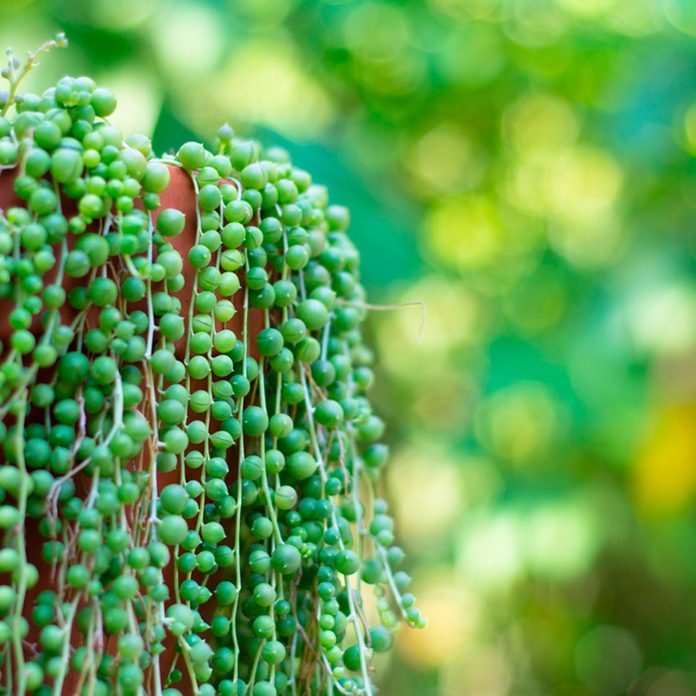
String of Pearls
This funky medium-size succulent grows skinny stems of vibrant green, pearl-like leaves. String of Pearls is perfect for placing on a high shelf in your home, as it drapes over the side of its container. It prefers a lot of sun and, like many other succulents, is very easy to propagate. These plants require little water and soil that drains well.
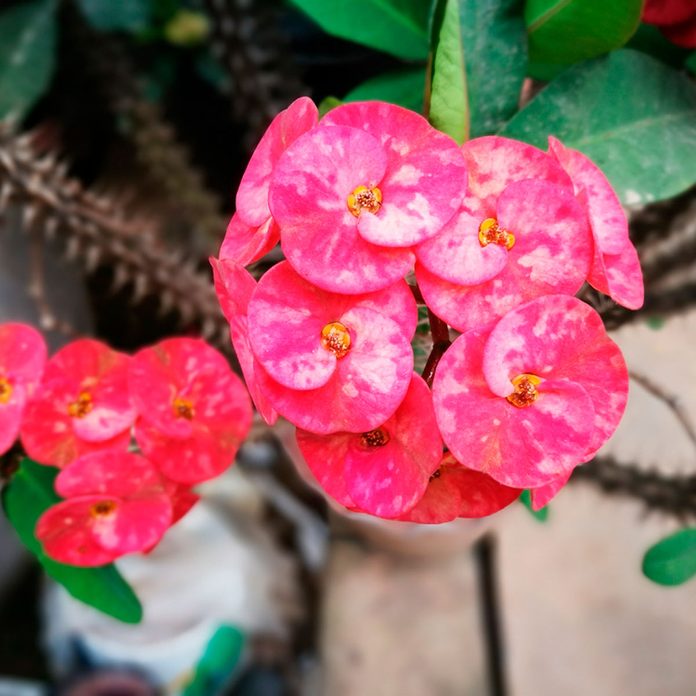
Crown of Thorns
Tiny, usually pink or red, flowers bloom almost year-round on this succulent, adding a splash of color to any blank space in your home. Wear tough gloves when planting it in a pot of well-drained soil, as its thorns are sharp. And place it near a window, so it gets several hours of direct sunlight each day. Plus: Click here to learn how to start different types of plants indoors from seed.
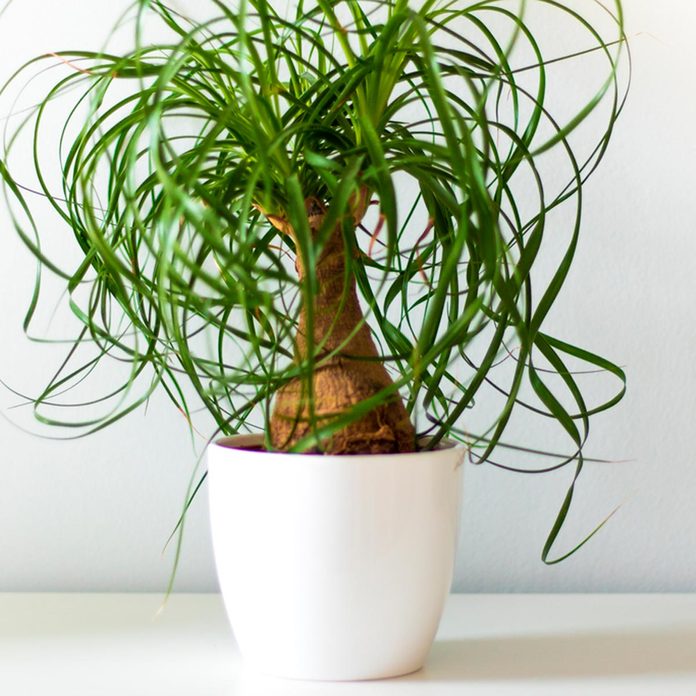
Ponytail Palm
Unlike its name suggests, this plant is not a tree, though it resembles one! The Ponytail Palm succulent has a thick, trunk-like stem that sprouts stringy green leaves out of the top. It requires indirect sunlight and needs very little watering, about every three to four weeks. It is also nontoxic for both cats and dogs, so it can be placed anywhere in your home, even on the floor.
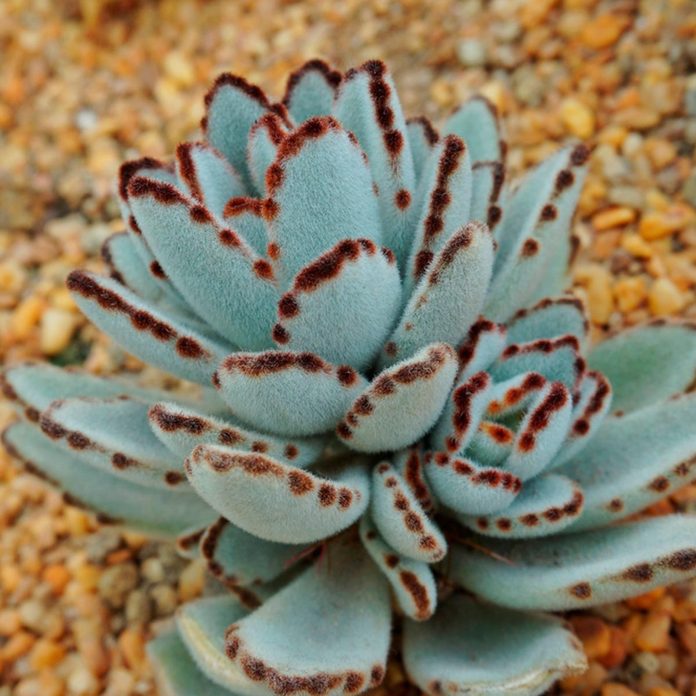
Panda Plant
It is very easy to care for this fun succulent. The Panda Plant stores plenty of water in its thick, fuzz-covered leaves, which means less watering! And the unique velvety texture over light green leaves with dark tips will add an interesting touch to any side table, desk or shelf. This low-maintenance plant requires some sun and infrequent soaking of well-drained soil. Check out these other easy-to-maintain houseplants.
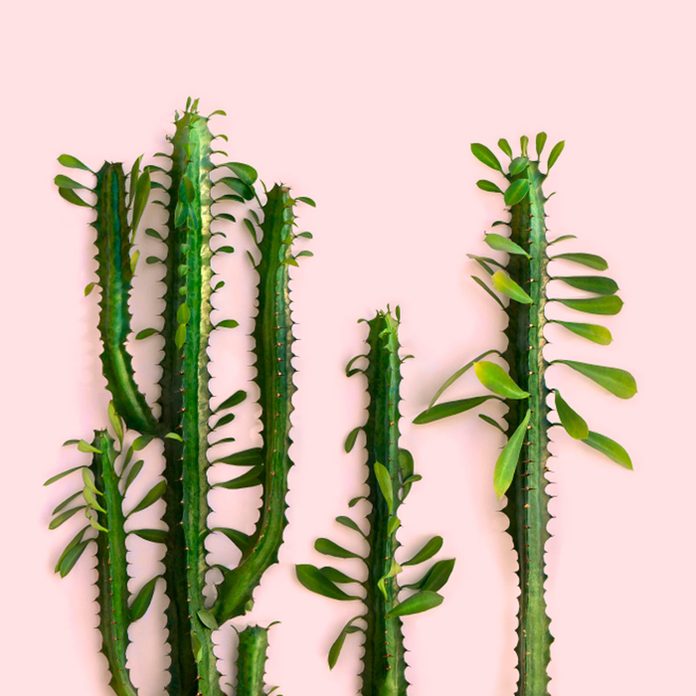
African Milk Tree
The African Milk Tree is a tall, easy-to-care-for succulent with small teardrop-shaped leaves and thorns that grow vertically along the ridges of the thick green stems. Although this stunning plant would make an interesting addition to any indoor space, it’s not recommended for homes with kids or pets. The thorns are sharp and if the stem is broken, the milky sap inside can irritate skin and eyes. Check out this collection of 12 outdoor plants that can be dangerous.
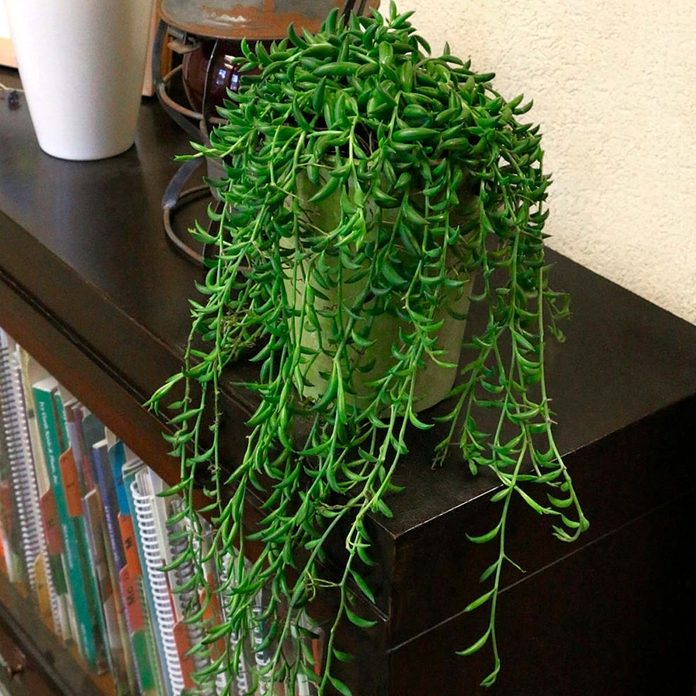
String of Bananas
Perfect for an indoor hanging planter, this succulent’s tendrils are covered with small leaves that are shaped like little green bananas. Place it in a spot that gets plenty of indirect sunlight and provide a lot of room for it to hang down, such as on top of a tall bookshelf. Water a String of Bananas plant only when the soil is dry to the touch and even less during the winter.
Photo: Courtesy of Zulily
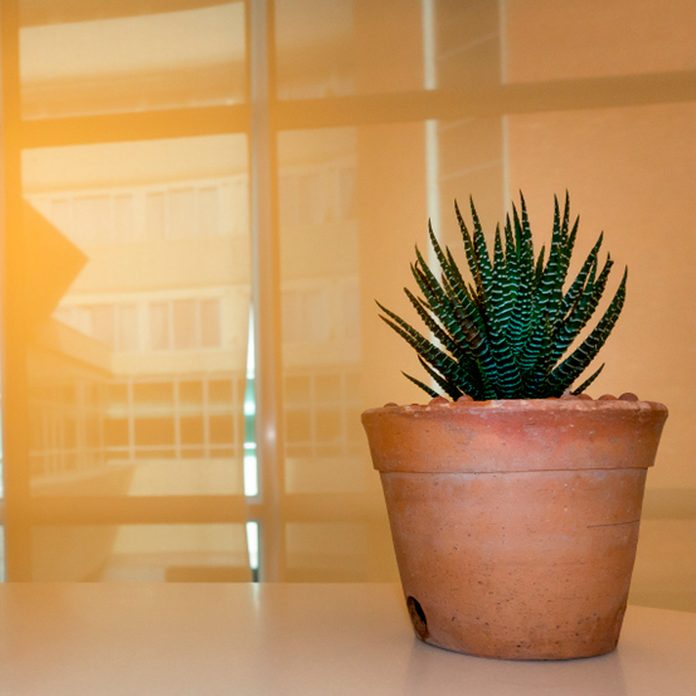
Zebra Plant
The Zebra Plant is an eye-catching dark green succulent with white horizontal stripes along its spiky leaves. It’s small, grows slowly and can withstand long periods with no water. It can also handle very dry air, which makes it easy to keep alive indoors. Let the soil completely dry between waterings; then soak it well.
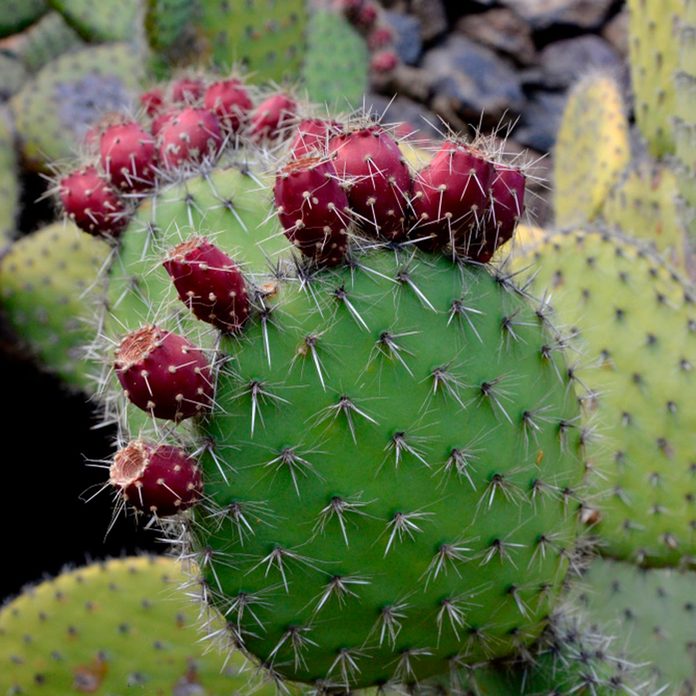
Prickly Pear Cactus
A Prickly Pear Cactus plant would be a perfect addition to your indoor succulent collection. Its flat stem grows in oval-shaped sections covered with spines, and it produces bright pink or yellow blooms in the summer. And, like most cacti, the Prickly Pear is very low-maintenance.
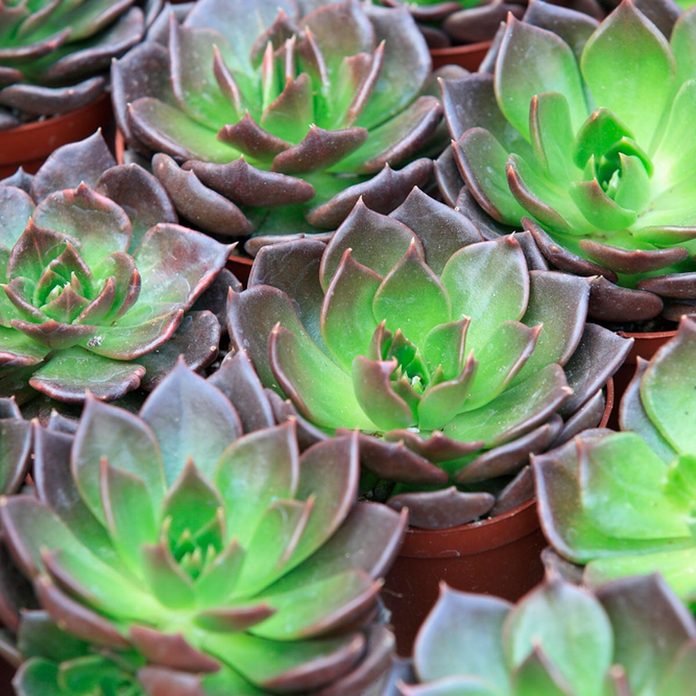
Hens and Chicks
This classic succulent starts out very small and is very easy to propagate. The rosettes come in a variety of greens and reds, and they look amazing grouped with other types of succulents in one pot.
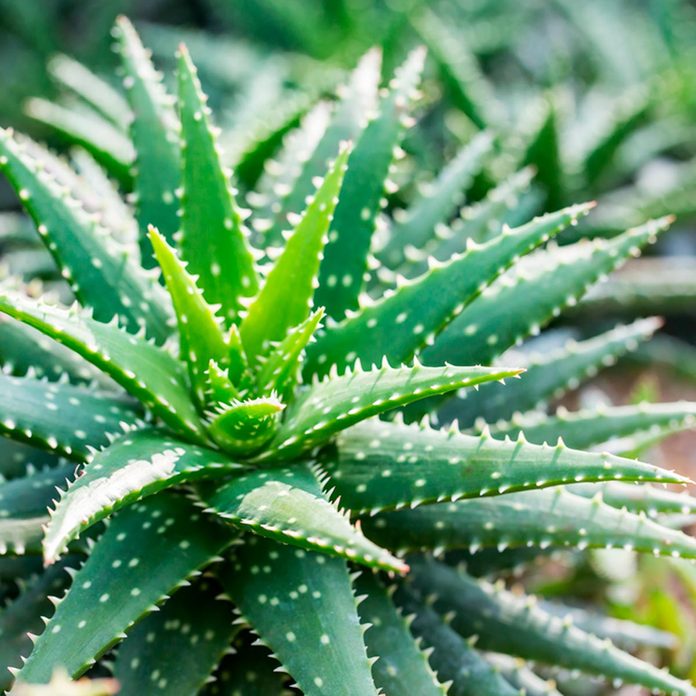
Aloe Vera
This well-known succulent is easy to find and makes a cheerful houseplant. Similar to other succulents, Aloe Vera requires sandy, well-drained soil and plenty of indirect sunlight throughout the day. And it isn’t phased by dry indoor air. Plus, if you get a burn or irritated skin, break off a piece of the plant and put some of the clear liquid inside on the affected area.
These tips will help you make sure your houseplants last through the winter.
